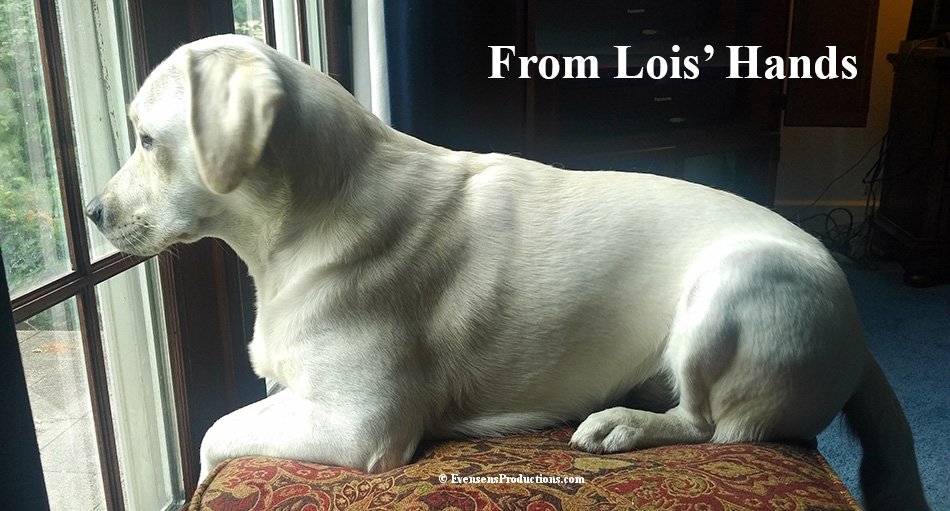Today I've made Marble Bread using two of my recipes: Multi-Grain and Rich Egg Bread.
My Rich Egg Bread recipe was published earlier.
The Multi-Grain Bread and the Rich Egg Bread are each fantastic all by themselves. I am using these two together for Marble Bread because both breads have a similar texture so work well together.
This marble bread recipe makes four standard size loaves - a whole lot of bread! I don't recommend refrigerating or freezing fresh bread, but you can do that if you really want to. I prefer to give away what my family can't eat in the first day or two. Remember that all of my breads are made without preservatives so they don't last for a week or more as many commercial breads do.
Enjoy!
Lois
-------------------------------------------------------------------------------
Multi-Grain Bread and Rich Egg Bread Marble Bread - Recipe
------------------------------------------------------------------------------
Prepare my Rich Egg Bread recipe and set aside. Cover with a cool damp cloth and set aside in a cool place (not refrigerator.) Do not place it in a warm place to encourage the first rise until the Multi-Grain Bread recipe (see below) is ready for the first rise.
-------------------------------------
Multi-Grain Bread Recipe
------------------------------------
2 T cocoa
1 1/4 cups coffee (at room temperature)
1 cup rye flour
1 1/4 cups coffee (at room temperature)
1 cup rye flour
 1 cup whole wheat four
1 cup whole wheat four2 1/2 cups bread (or all purpose, but not self rising) flour
2 rounded t dry yeast
Place all ingredients in large capacity bread machine in order given.
Set on dough cycle and turn on.
The first dough cycle on most machines is about 40 minutes.
The first dough cycle on most machines is about 40 minutes.
Watch the action to be sure a dough ball forms at least 1/3 way through the cycle.
Add a little flour or water if necessary to get the correct consistency.
When first dough cycle finished, remove from machine and place in a greased bowl for first rise.
When first dough cycle finished, remove from machine and place in a greased bowl for first rise.
 Now place both the Egg Bread and the Multi-Grain Bread dough in a warm place such as the oven with the light, but no heat turned on.
Now place both the Egg Bread and the Multi-Grain Bread dough in a warm place such as the oven with the light, but no heat turned on.
If you place it out on the counter in a warm place, cover with a damp cloth.
 These two batches required about 1 hour for the first rise. Keep in mind that the temperature in your kitchen and the mood of the yeast can change the time required for the dough to rise.
These two batches required about 1 hour for the first rise. Keep in mind that the temperature in your kitchen and the mood of the yeast can change the time required for the dough to rise.If you are using crockery or glass pans/bowls for baking, set the empty bread pans in a warm place, too. I use my ovens with the lights turned on.
Spray baking pans with vegetable oil.
 After the first rise, punch down/knead gently the dough to remove excess bubbles.
After the first rise, punch down/knead gently the dough to remove excess bubbles. Wash and flour a working surface where you can work with portions of each batch of bread.
The recipes each make two loaves of bread.
You'll see in the images that I combined the bread dough in several different ways to demonstrate very different results in your loaf of bread.
You'll see in the images that I combined the bread dough in several different ways to demonstrate very different results in your loaf of bread.
Place one on top of the other and roll together.
 Slice into four parts and place one into each of four sections of a four loaf pan.
Slice into four parts and place one into each of four sections of a four loaf pan. Flatten 1/4 of each batch of bread, flatten each color, roll together, and place the whole thing in a standard size loaf pan.
Flatten remaining dough, roll together, and place in remaining pans.
To demonstrate some of the possibilities, I used pans of different sizes rolling some loaves with dark dough on the outside, some with the dark dough on the inside.
When it is finished rising the second time, bake at 350 F for 35 mins if using small pans similar to those in the images. If using 4 standard loaf pans, bake at 350 F for 45 mins.
Remove from oven, turn out to cooling racks immediately.
Click here for more of my bread recipes.
Remove from oven, turn out to cooling racks immediately.
Click here for more of my bread recipes.
~~~~~~~~~~~~~~~~~~
~~~~~~~~~~~~~~~~~~










































